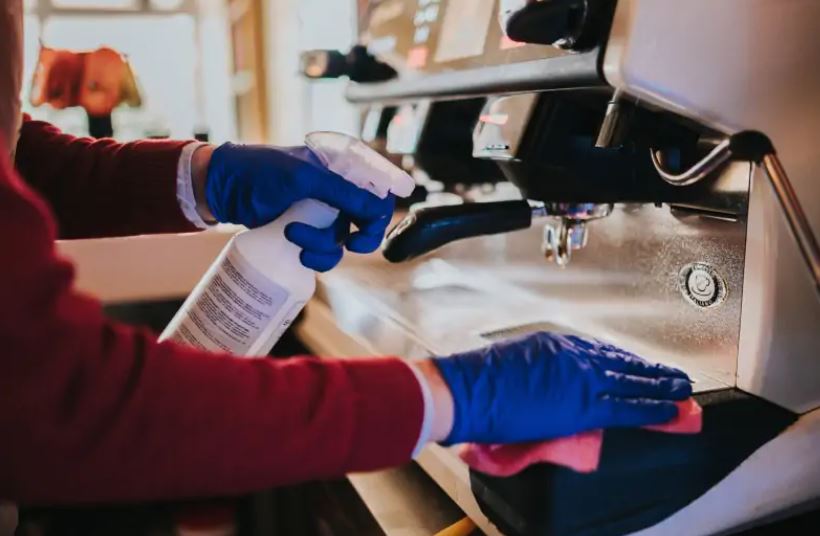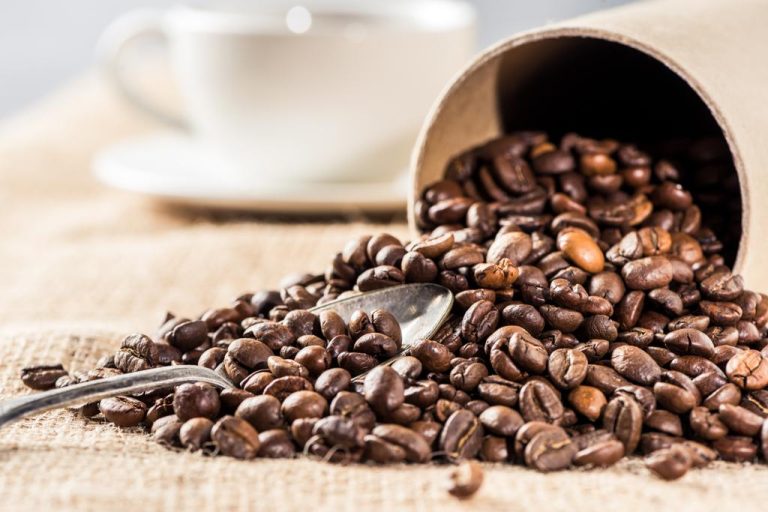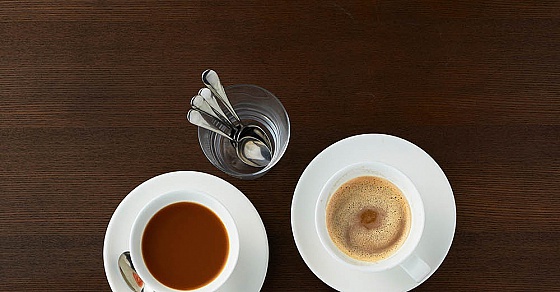Coffee is and will remain the favorite drink of Germans. But coffee is not just coffee. The type of coffee machine and the respective coffee preparation play an important role. Get to know different coffee machines and conjure up delicious coffee.
Which coffee machine is the right one?
If you want to buy a new coffee machine, you should first find out about the different ways of preparing it. To ensure that you make the right choice of the coffee machine and that future coffee satisfies you, note the most important criteria. Because cleaning the coffee machine, handling and appearance can make your decision much easier. First, we will give you an overview of the 6 most common types of coffee preparation.
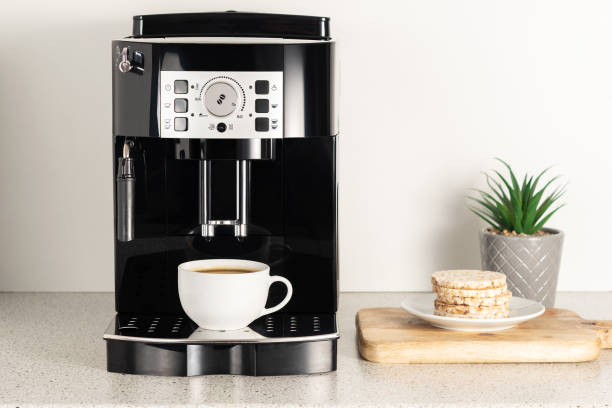
- Classic filter coffee machine
- Coffee maker (French Press)
- capsule and pad machines
- fully automatic coffee machines
- espresso machine
1) Classic filter coffee machine for making coffee
When it comes to serving larger groups, there is still almost no alternative to a filter coffee machine. Heavy drinkers are also well advised to use such a machine. Almost nothing has changed on the actual principle since the 1970s. However, modern filter coffee machines often offer some additional functions, such as an integrated grinder or a timer function. At the same time, the jug serves as a thermos on many machines. Since you can brew any bean coffee with these machines, brewing with a classic filter machine is very flexible and also cheap. In addition, note other tips for buying household appliances.
- inexpensive,
- easy cleaning,
- Flexible in the choice of coffee,
- Can be prepared in large quantities.
2) Use a coffee maker with pads
Coffee machines with pods have managed to combine the principle of teabag with delicious coffee enjoyment. There are pads in various flavors, which are simply inserted into the machine and the desired drink is available within a few seconds. Such a machine is ideal, especially in the office or for a quick coffee in between. There are numerous different pad manufacturers and the machines are available for around 50 euros.
3) Prepare coffee with capsules
Capsule machines also only ever prepare one cup. In contrast to pad machines, not all capsules can always be used in the respective machine, because each manufacturer has its own capsule system. Due to the packaging in the aluminum capsule, the coffee should retain more of its aroma and taste more full-bodied than the coffee from pad machines. Capsule machines are usually slightly or even significantly more expensive (to maintain) than coffee machines with pads. The question of whether it should be a capsule or pad machine is sometimes highly controversial among many consumers, as this reduces sustainability in the household.
- Fast preparation at the touch of a button
- comfortable to use,
- large selection of varieties,
- sometimes difficult to clean.
4) Buy a fully automatic coffee maker
A fully automatic coffee machine does most of the work for you and actually prepares the coffee almost automatically. The integrated coffee grinder transports the freshly ground coffee into the brewing unit and perfect milk froth is added at the touch of a button. This means that the coffee tastes particularly fresh and delicious. These fully automatic machines can also clean themselves. As a result, you save yourself the hassle of cleaning, although it makes sense to descale the coffee machine from time to time. The devices are available for 250 euros. The advantages of a fully automatic coffee machine are manifold:
- very convenient operation,
- Diversity at the push of a button
- Delicious and fresh coffee taste
- Relative expensive.
5) Use an espresso machine (portafilter machine).
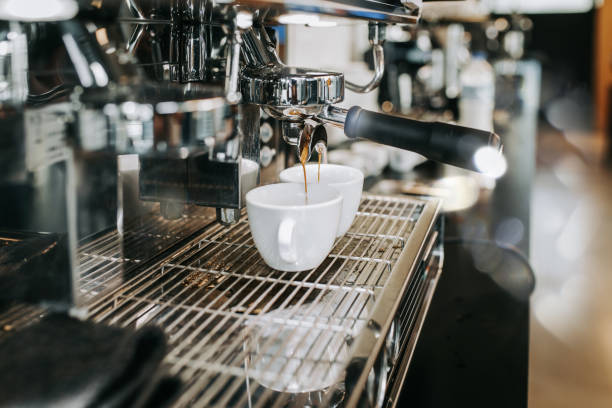
An espresso machine with a portafilter is the pinnacle of coffee machines. Because such a machine offers you the opportunity to prepare the coffee exactly as you wish. Most machines have an integrated coffee grinder where you can adjust the degree of grinding. Then put the ground coffee in the sieve. In addition, with good machines, you can set the brewing temperature and pressure individually. However, a portafilter machine is not cheap. But for original Italian espresso, you can’t get past one of these. Consequently, you will find the conclusion about the choice of an espresso machine, as well as comparison winners, price-performance winners, and bestsellers at a glance:
- degree of grinding, temperature, and pressure adjustable,
- perfect for individual requirements,
- very expensive to maintain and purchase.





